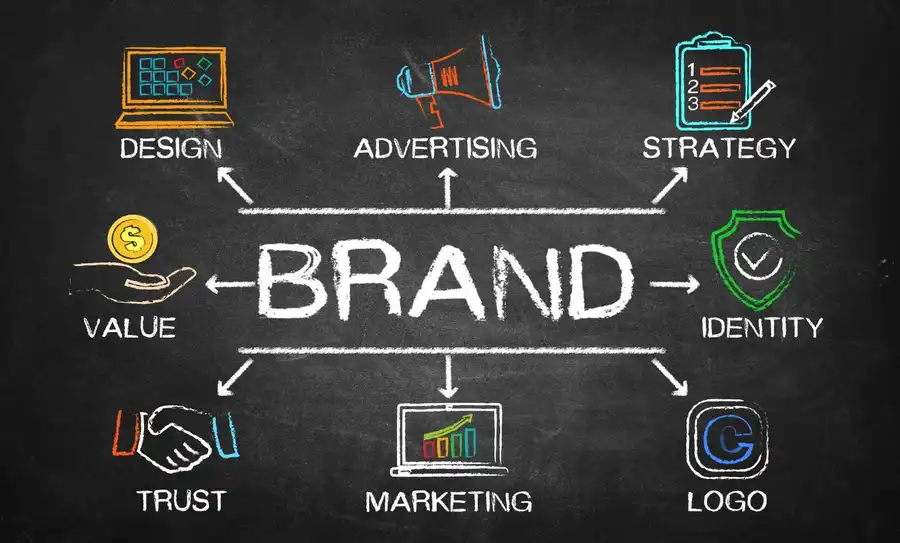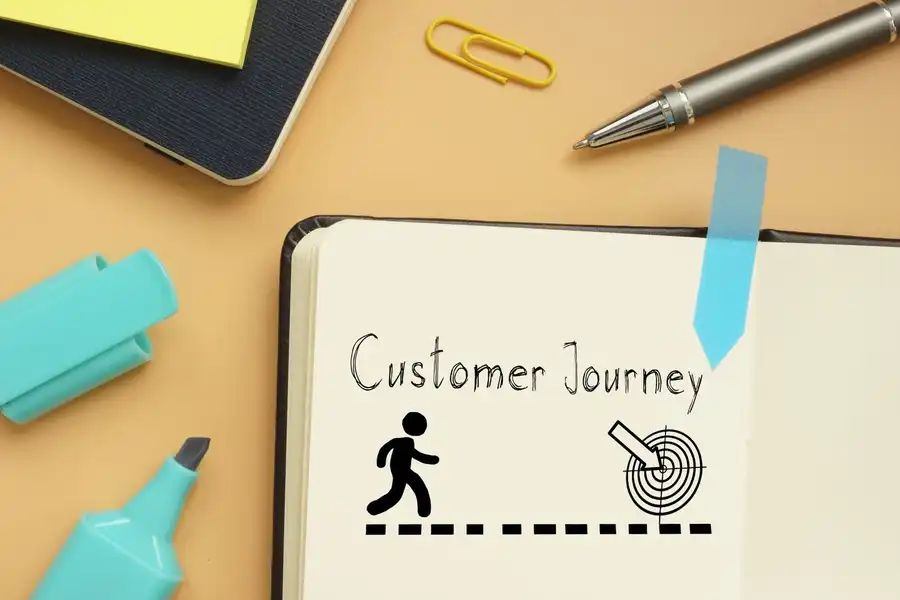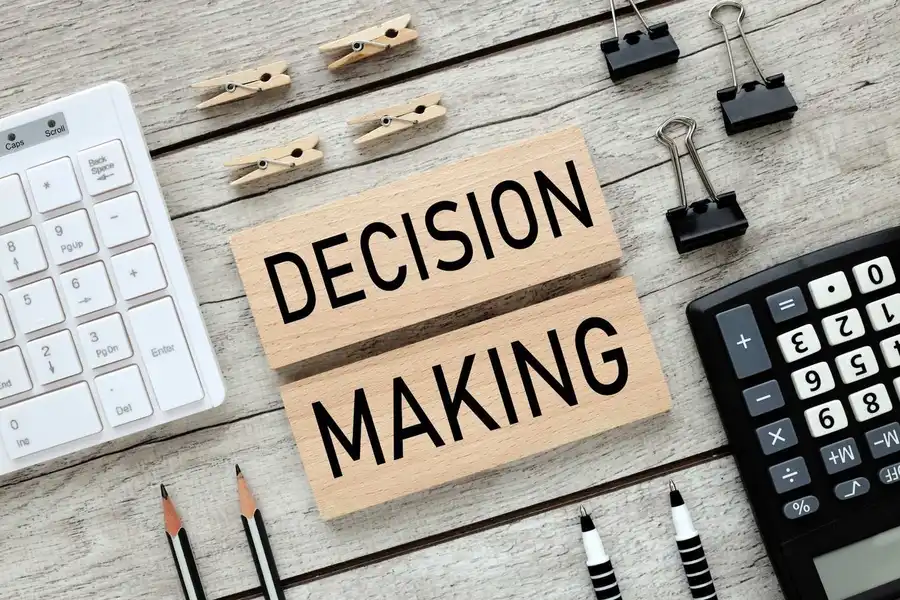Conversion Rate Optimization is the method used to increase the number of website visitors who complete a desired action, such as filling out a form or becoming clients. CRO is critical for increasing the value of your website’s traffic and enhancing overall business performance.
Benefits of Effective CRO
1. Increased Revenue
- Direct Impact: Effective CRO strategies convert more visitors into paying customers, leading to higher sales and revenue.
- Key Metrics: Average Order Value (AOV), Customer Lifetime Value (CLV), Revenue Per Visitor (RPV).
2. Improved ROI
- Reduced Cost Per Acquisition (CPA): CRO helps you convert more website visitors into paying customers. This means you don’t need to acquire as many visitors to reach your sales goals, effectively lowering the cost of acquiring each customer.
- Smarter Marketing Spend: By understanding your audience better through CRO research, you can tailor your marketing efforts to resonate more effectively. This reduces wasted ad spend on clicks that don’t convert and directs your budget toward channels with higher conversion potential.
- Improved Return on Investment (ROI): By increasing conversions, CRO directly translates to a higher return on your marketing investments. You’re getting more sales or leads from the same amount of marketing spend.
3. Enhanced Customer Experience
- Removes Friction: CRO involves identifying and removing pain points that frustrate users. This could be a confusing website layout or unclear calls to action. By streamlining these aspects, CRO makes it easier for customers to find what they need and complete their desired actions.
- User Satisfaction: CRO is about understanding user behavior and optimizing the experience accordingly. This customer-centric approach ensures the website caters to what users actually want and need, ultimately leading to a more satisfying experience.
- Builds Trust: A well-designed and functional website builds trust with customers. When things work smoothly and information is readily available, it conveys professionalism and care. This trust is essential for a positive customer experience.
4. Data-Driven Decisions
- Informed Strategies: Instead of relying on guesswork or intuition, CRO with data focuses on areas with the biggest impact. This laser focus ensures your CRO efforts target the most impactful aspects, maximizing their effectiveness.
- Tools and Techniques: Google Analytics, heatmaps, and user session recordings are essential tools for gathering actionable insights. They uncover how users find your site, where they click and tap, and identify areas of interest, confusion points, and overlooked elements.
- Continuous Improvement: CRO creates a feedback loop where learnings from each iteration inform the next. Data analysis reveals what works and what doesn’t, allowing you to continuously refine your approach and make data-driven decisions for further optimizations.
Turning Clicks into Customers
1. Compelling CTAs
Clarity and Action
- Clear and Concise: Strong CTAs use clear and concise language that communicates what the user should do next. Examples include ‘Buy Now,’ ‘Sign Up Today,’ or ‘Get Started.’
- Action-Oriented: Incorporate verbs that prompt immediate action and create a sense of urgency. Words such as ‘Limited Time Offer’ or ‘Only a Few Spots Left’ can play on FOMO (Fear Of Missing Out).
Placement
- High-Visibility Areas: Place CTAs in locations where they are easily noticed by users. Effective spots include:
- Above the fold on landing pages
- At the end of blog posts
- Within pop-ups or slide-ins
- In the navigation bar
- On product pages near descriptions and images
- Mid-scroll
- Strategic Placement: Use multiple CTAs throughout your content to convert users at different stages of their journey. For example, include a primary CTA at the top of the page and a secondary one at the bottom.
Design
- Contrasting Colors: Make CTAs stand out by using contrasting colors.. This draws the user’s eye and encourages interaction.
- Fonts: Use bold and legible fonts to ensure your CTAs are easily readable. The text should be large enough to be seen without straining.
- Whitespace: Surround CTAs with whitespace to prevent clutter and ensure they are easy to tap on mobile devices.
2. Frictionless User Experience
Website Speed
- Images: Compress images to reduce file sizes without reducing the quality.
- Content: Use a content delivery network to broadcast content efficiently across various geographic locations.
- Code: Reduce the use of large JavaScript and CSS files.
Mobile Optimization
- Responsive: Ensure your website is designed to adapt to various screen sizes and devices. This provides a smooth experience for users regardless of the device.
- Simplified Forms: Reduce the number of required fields in forms to make it easier for mobile users to complete.
- Touch-Friendly: Design buttons and links to be easily tappable on small screens.
Intuitive Navigation
- Clear Menus: Use straightforward and well-organized navigation menus to help users find what they need quickly. Avoid overloading menus with too many options.
- Breadcrumb Trails: Implement breadcrumb navigation to show users their current location within the site and allow them to easily backtrack.
- Search Bar: Have a prominent search bar to help users quickly locate specific content or products.
3. A/B Testing
- Identify Elements to Test: Determine which elements to test, such as headlines, images, CTAs, or form fields.
- Create Variations: Create alternative versions of the elements to be tested.
- Split Traffic: Randomly divide your website traffic between the two versions to ensure unbiased results.
- Analyze Results: Calculate the performance of each version based on conversion rates or other relevant metrics.
4. Targeted Landing Pages
Personalization
- Segmentation: Create landing pages tailored to specific audience segments or marketing campaigns. Personalized content increases relevance and engagement.
- Content: Use dynamic content to adjust the messaging based on user characteristics or behavior.
Relevance
- Consistent Messaging: Ensure the content on your landing page matches the ad or link that directed users to the page. This alignment boosts user confidence and reduces bounce rates.
- Focused Design: Keep the landing page design simple and clean, with a clear focus on the primary CTA.
Design and Content
- Use headings, subheadings, and bullet points to create a clear visual hierarchy that directs users through the content.
5. Social Proof
Types
- Testimonials: Display testimonials from satisfied customers that highlight their positive experiences.
- Reviews: Show user ratings and reviews to build trust and credibility.
- Case Studies: Present detailed stories showcasing how your product or service helped customers achieve — or exceed — their goals.
Implementation
- Placement: Prominently display social proof on key pages.
- Credibility: Include names, photos, and titles to enhance the authenticity of testimonials and reviews.
6. Data Analysis and Optimization
Analytics Tools
Utilize tools like Google Analytics, Hotjar, and Crazy Egg to gather data on user behavior and website performance.
Key Metrics
- Conversion Rate: Percentage of visitors who complete a desired action.
- Bounce Rate: The number of visitors who leave after viewing only one page.
- Session Duration: Average time spent on site.
Optimization Process
- Data: Gather quantitative and qualitative data on user behavior.
- Areas for Improvement: Analyze metrics to find underperforming areas.
- Implement Changes: Make data-driven changes to enhance user experience and conversion rates.
- Test and Iterate: Use A/B testing to validate changes and continuously optimize.
CRO is a powerful tool that requires expertise in understanding user behavior, designing intuitive experiences, and leveraging data to constantly improve.
At New Path Digital, we’re CRO specialists. We don’t just build marketing campaigns and websites, we craft experiences that turn visitors into loyal customers. Let us help you bridge the gap between clicks and conversions.
This Blog was Last Updated on 4 months by Kelly Paul











